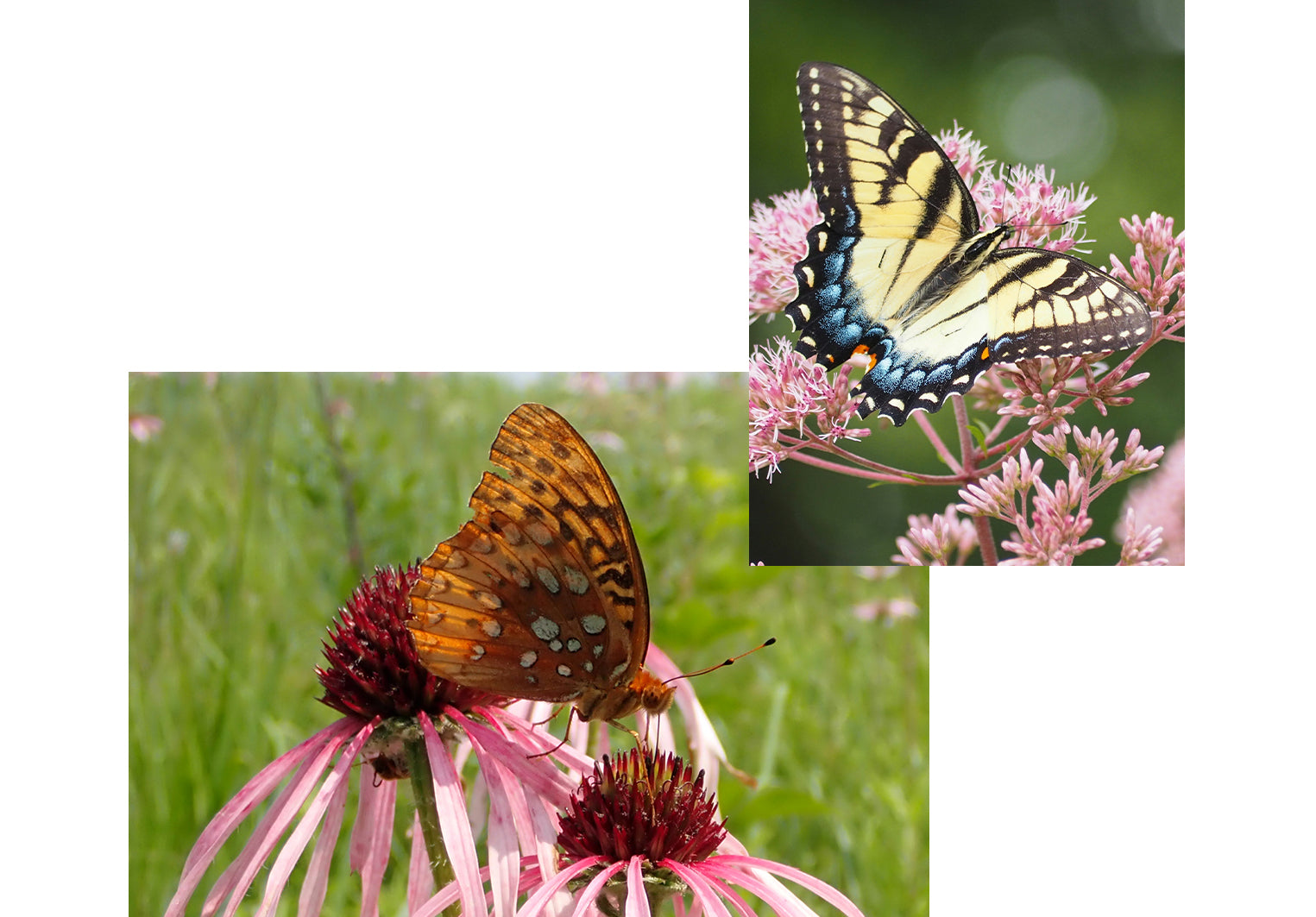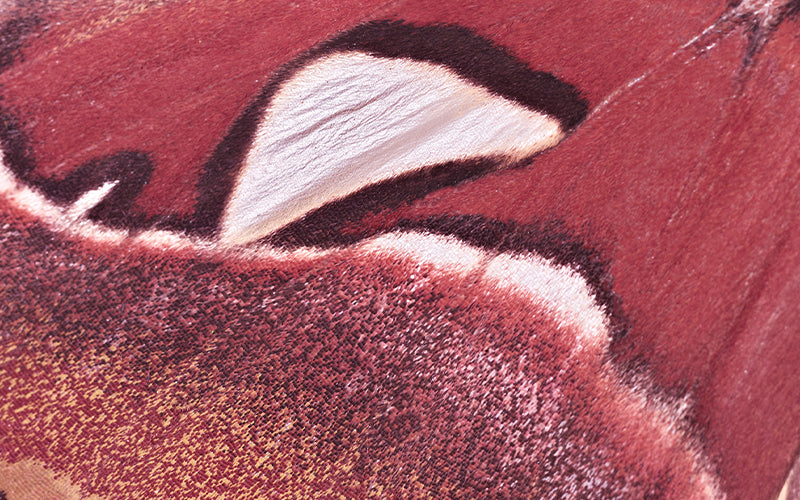Butterflies
Behind the cause
This conservation collection reconnects us with the origins of our give-back beauty story.
In 2006, company founder Sylvie Chantecaille noticed that the butterflies that habitually visited her garden in summer had nearly vanished. This realization led her on a mission to understand the threats to the survival of these fragile pollinators, and the launch of our first philanthropy collection, Les Papillons.
Protecting butterflies remains a passion for Chantecaille, as we recognize the important role that they and other pollinators such as bees play in our ecosystem renewal. Together these industrious creatures support the regeneration of more than 85% of flowering plants, including food crops—or 1 in 3 bites of food on our plates.
But butterfly populations have been declining globally at alarming rates, affected by the use of toxic pesticides and climate change. Pollinator-friendly habitats are shrinking, which these delicate creatures need to survive—and, in turn, to keep our landscapes thriving. Research has revealed that up to one in five butterfly species may be at risk of extinction. Without invertebrates, our whole world would collapse.
That’s why we’re supporting two nonprofits around the world that conserve butterflies and their habitats—not just in the countries in which they operate, but by extension, their region, as certain species of butterflies migrate from Canada to Mexico, from the UK to Northern Africa. And through the projects we support, we also encourage everyone to take steps to protect these creatures.

THE XERCES SOCIETY FOR INVERTEBRATE CONSERVATION, US
The Xerces Society is an international nonprofit organization that protects the natural world through the conservation of invertebrates—including butterflies—and their habitats. Using science to drive education, policy, and on-the-ground conservation, they have helped conserve and better manage tens of millions of acres of habitat for butterflies and other pollinators.
Xerces’ Pollinator Habitat Program provides native plant kits to schools, community gardens, and urban farms across the U.S., empowering local groups to build pollinator-friendly spaces. These habitats don’t just nourish butterflies—they also capture carbon, boost biodiversity, and bring communities closer to nature. Since the program’s launch, Xerces and kit partners have put over half a million pollinator plants in the ground for the benefit of these vital animals. Chantecaille’s donation will fund habitat plant kits to be shared with underserved and nature-deprived communities who have submitted qualified applications.

Butterfly Conservation has been safeguarding butterflies, moths, and their habitats across the United Kingdom
for over 50 years. Their “State of the UK’s Butterflies Report” in 2022 found that 80% of butterfly species in the UK have decreased in abundance, distribution, or both since 1976. The organization protects vital habitat, monitors at-risk species, and engages people and communities across the UK to help save butterflies and moths.
In London, since 2021, Butterfly Conservation’s urban initiative has transformed 100 green spaces across 17 boroughs, involving over 300 volunteers in creating habitats and surveying species. Thanks to these efforts, more than 23,000 square meters of urban land now support butterflies and moths. Our support will help them continue to expand this work, inspiring city dwellers to plant butterfly-friendly gardens, balconies, and even window boxes.




